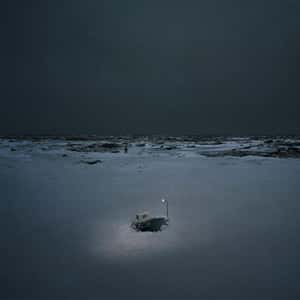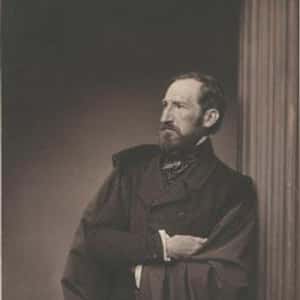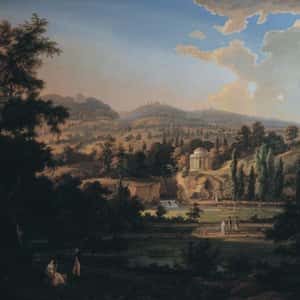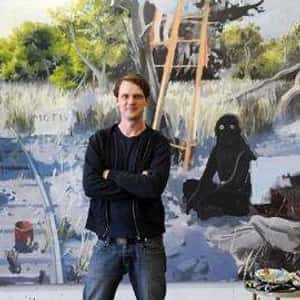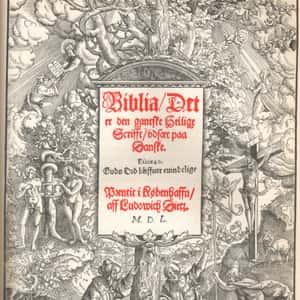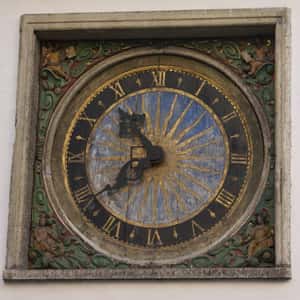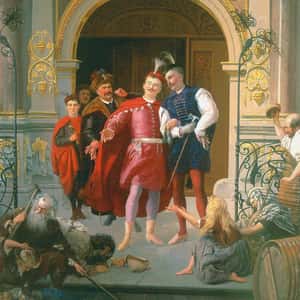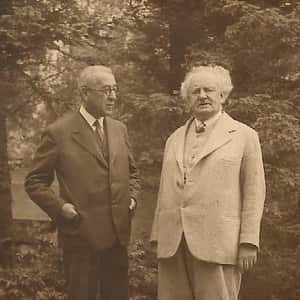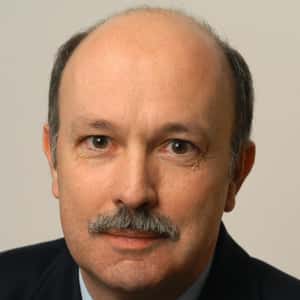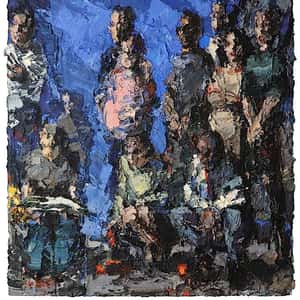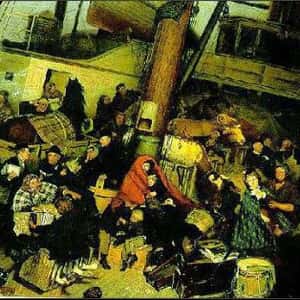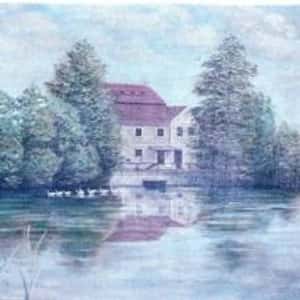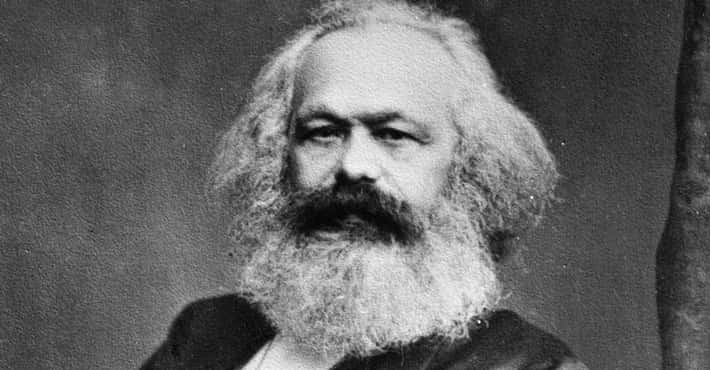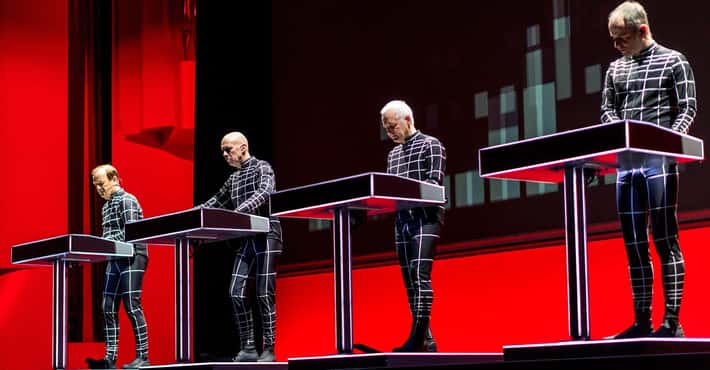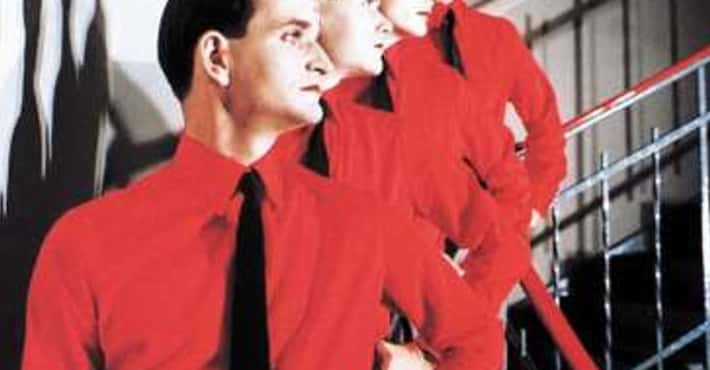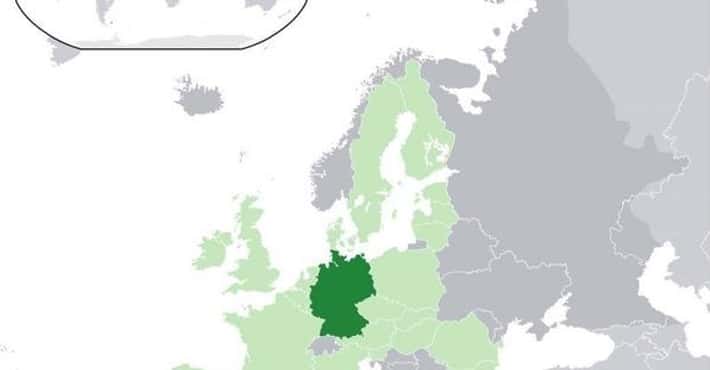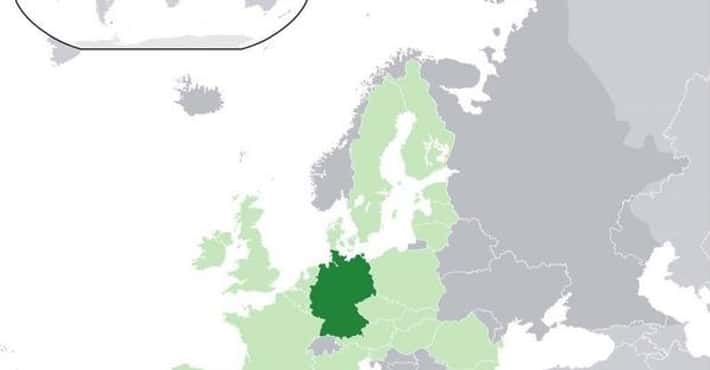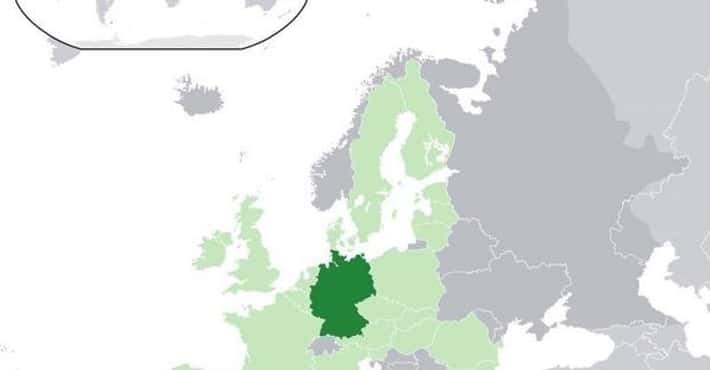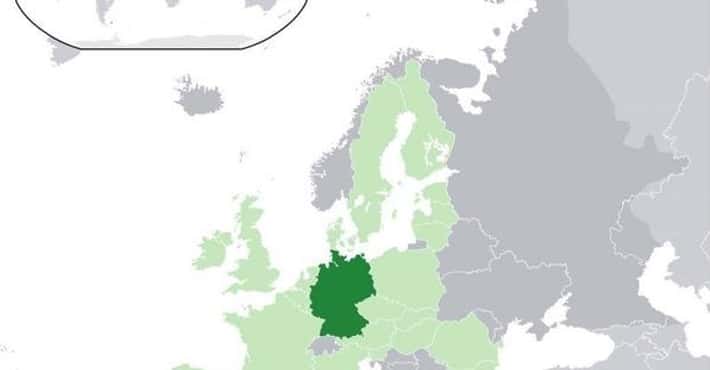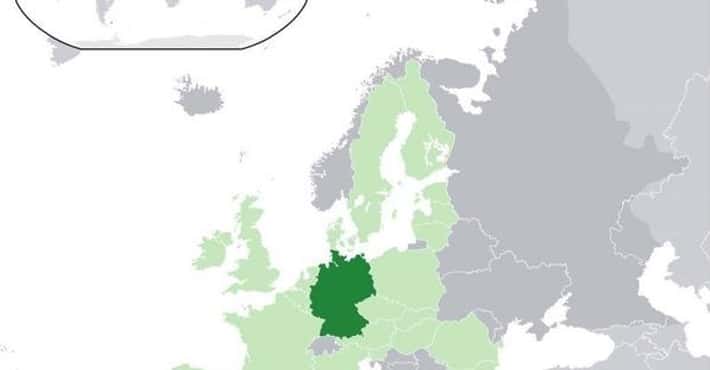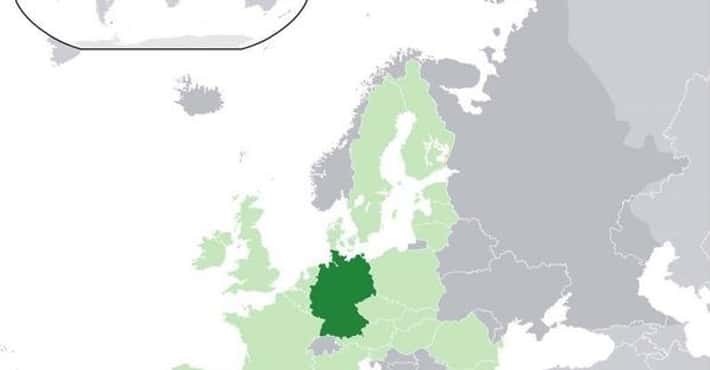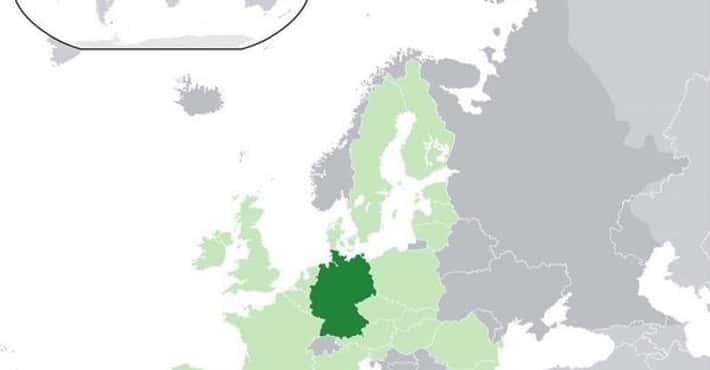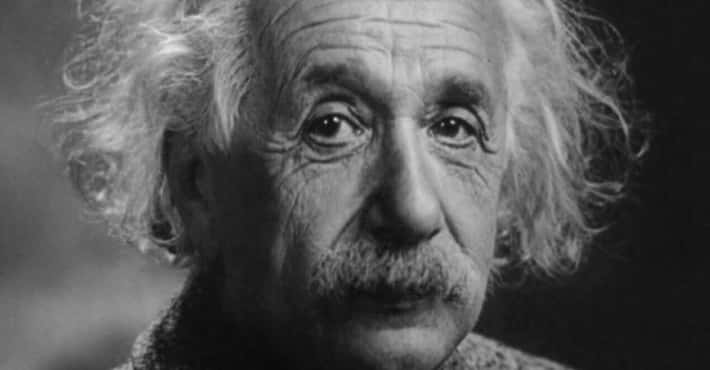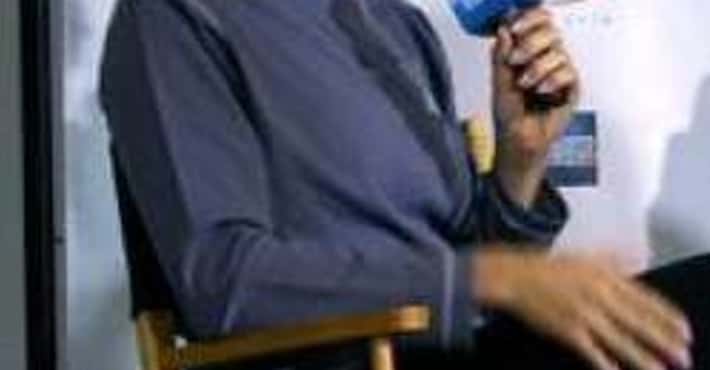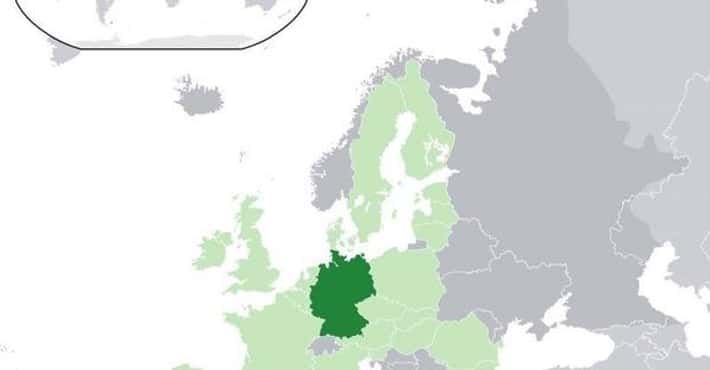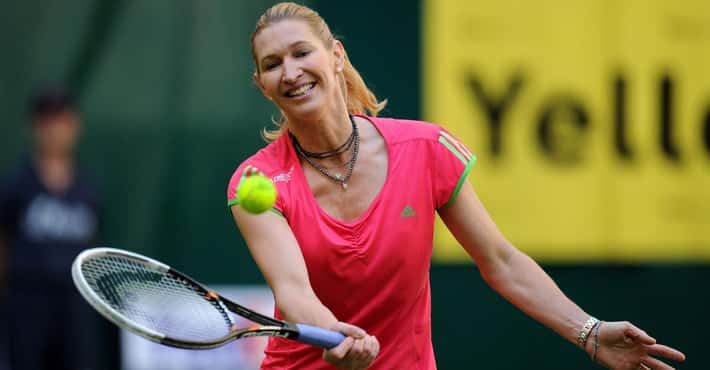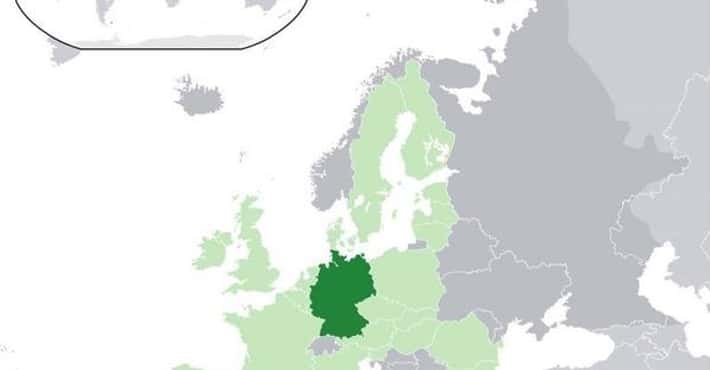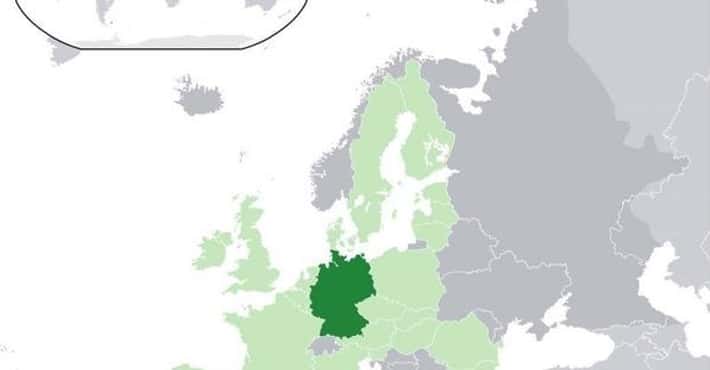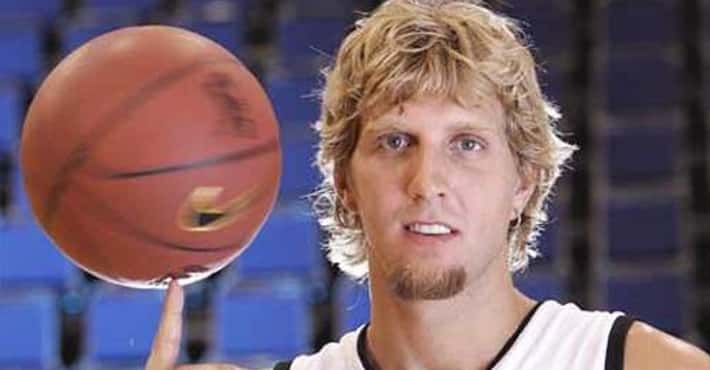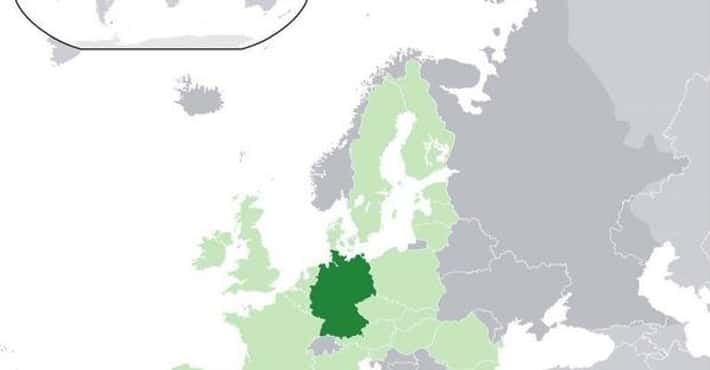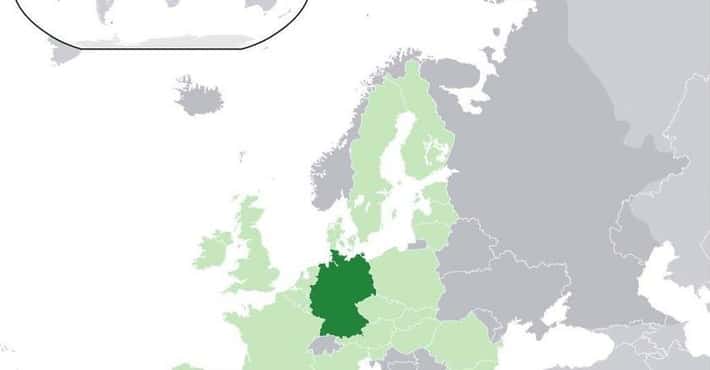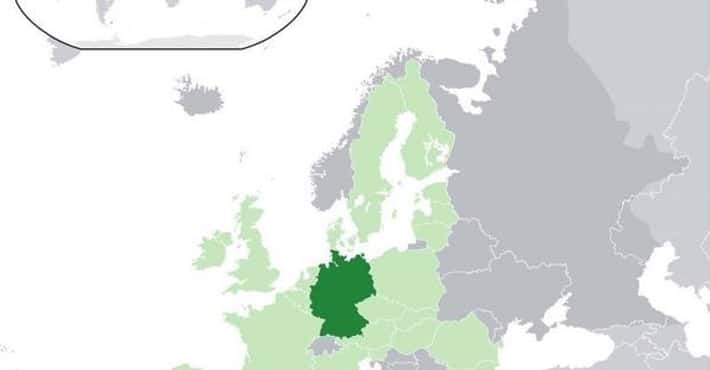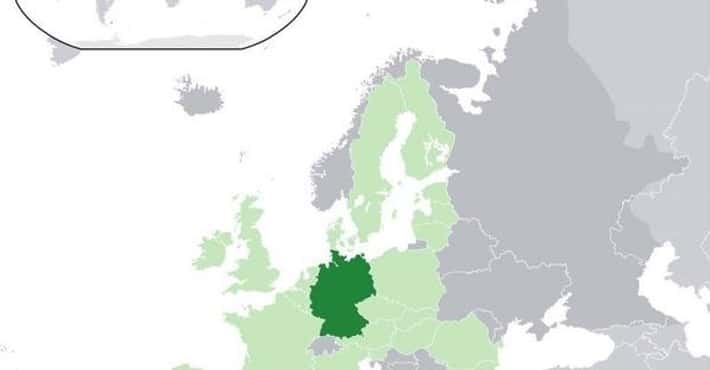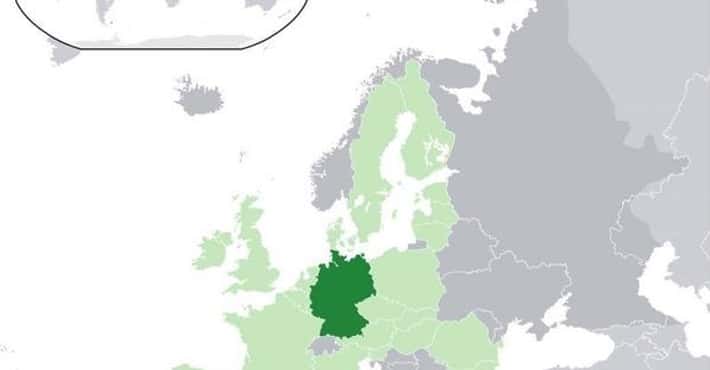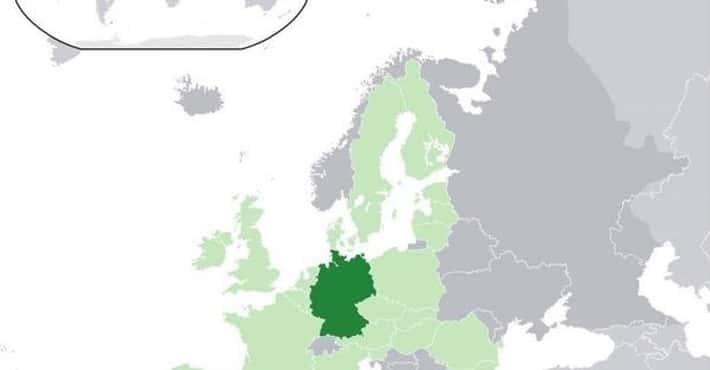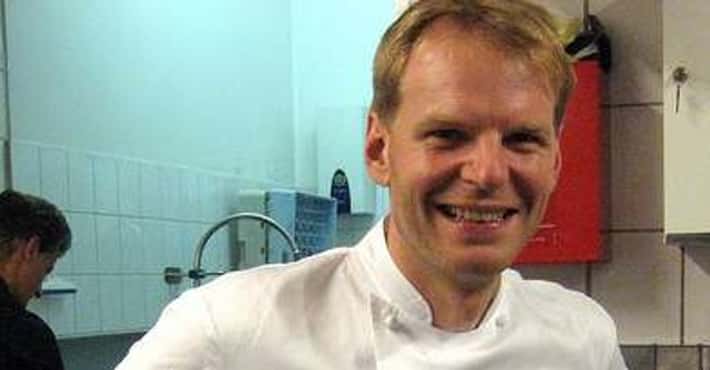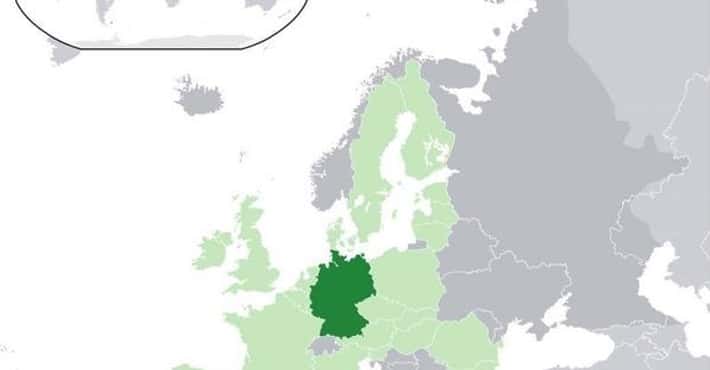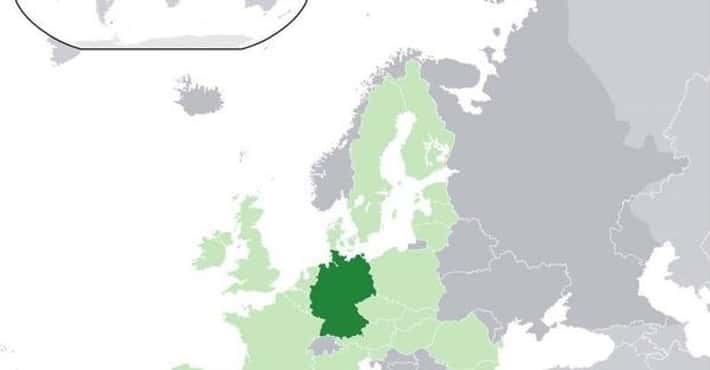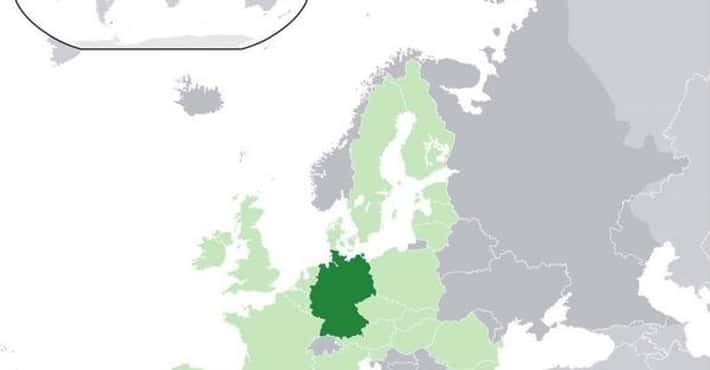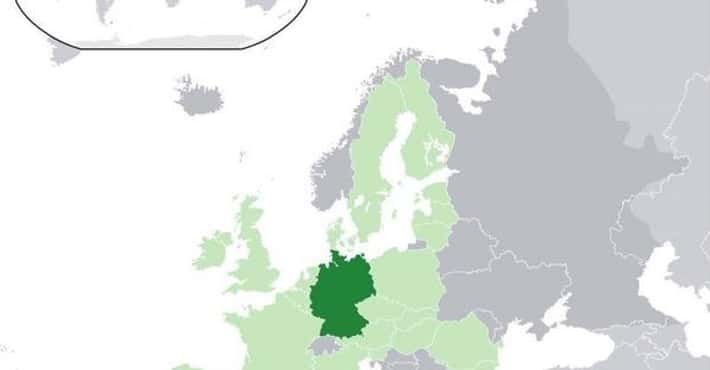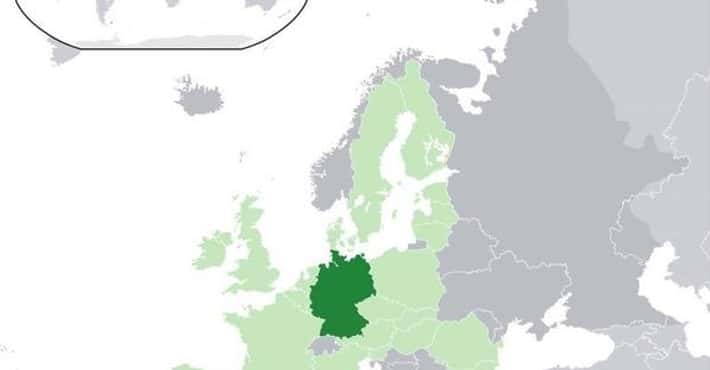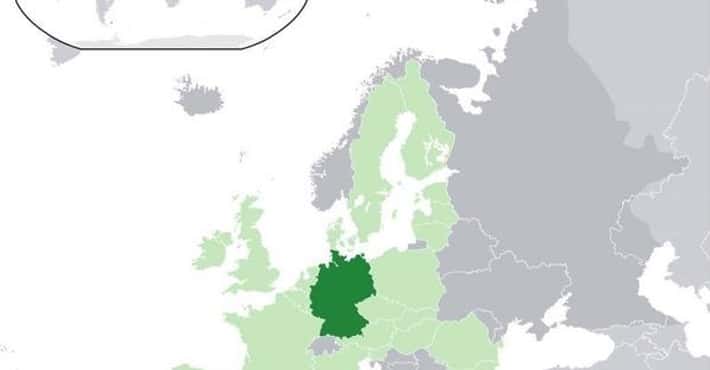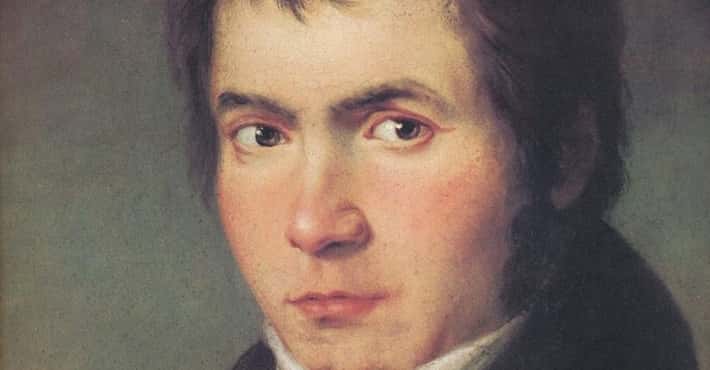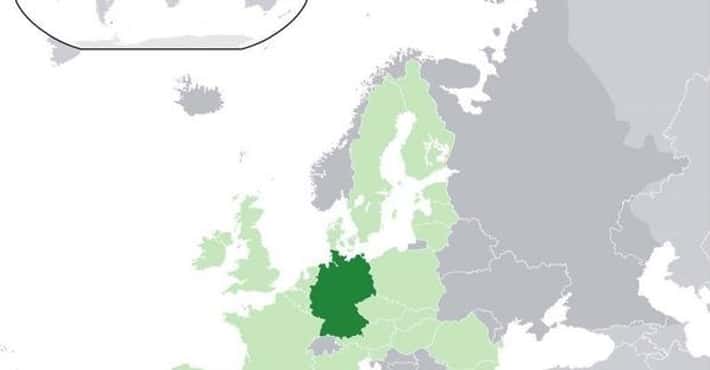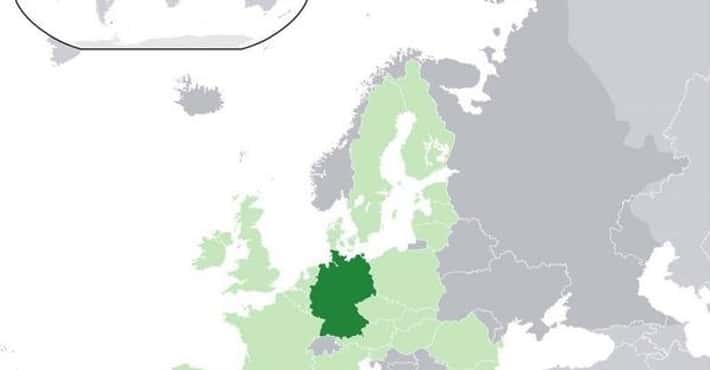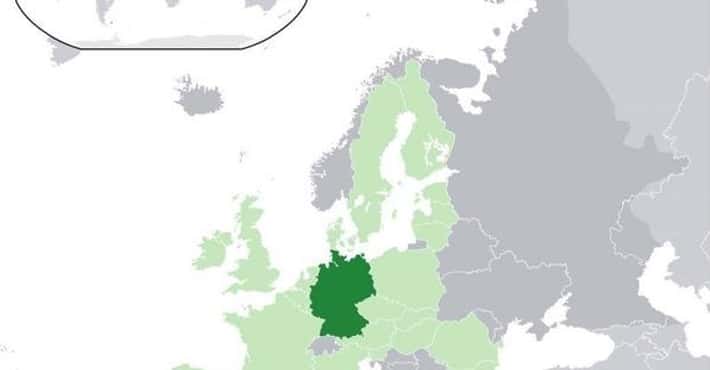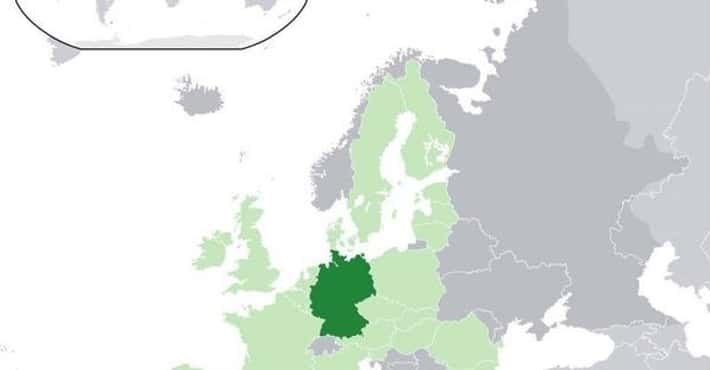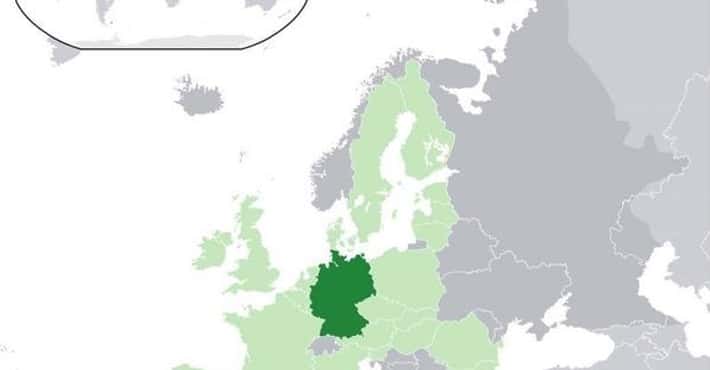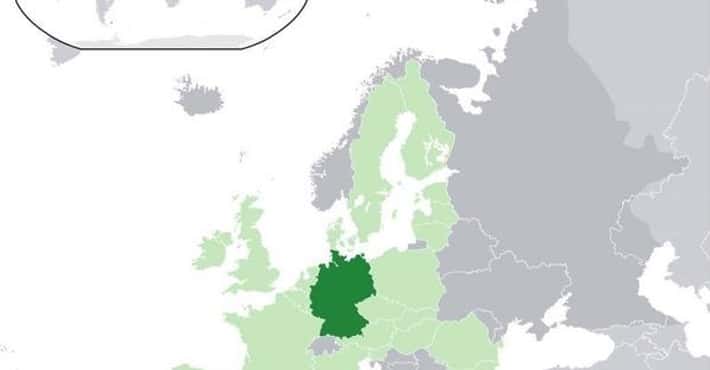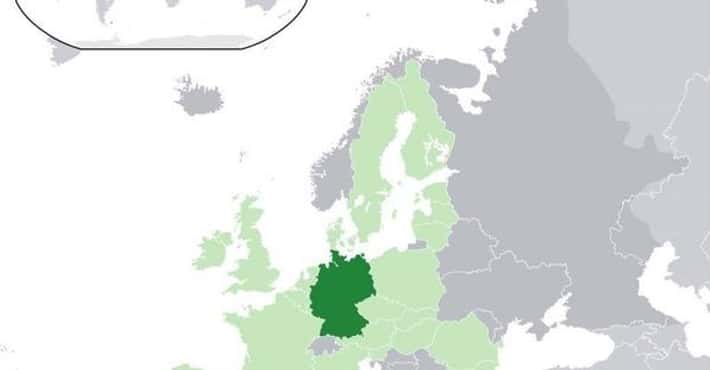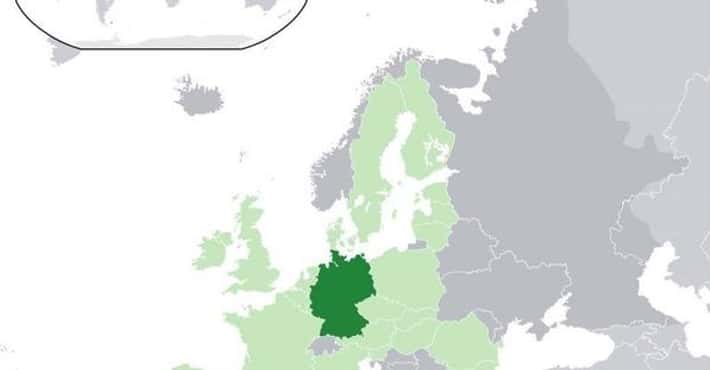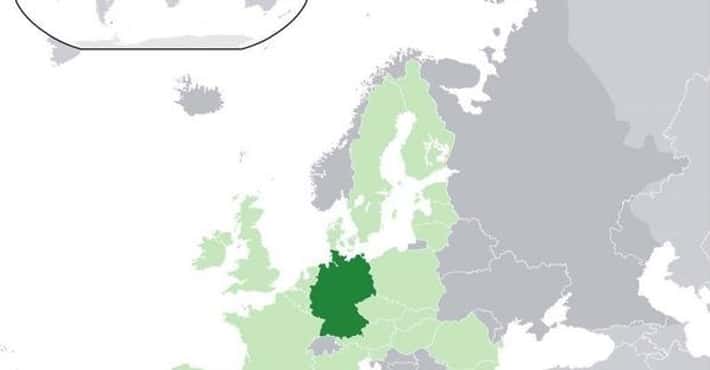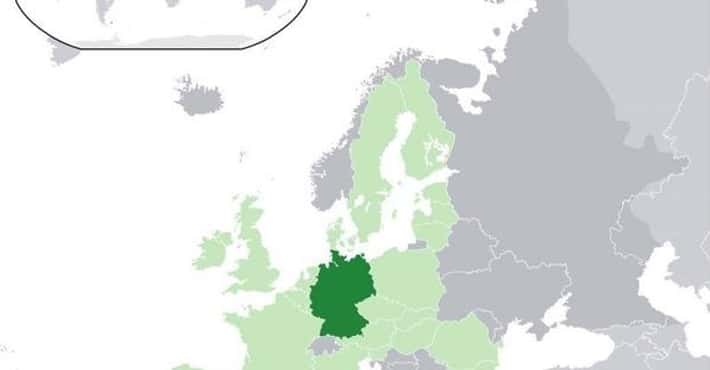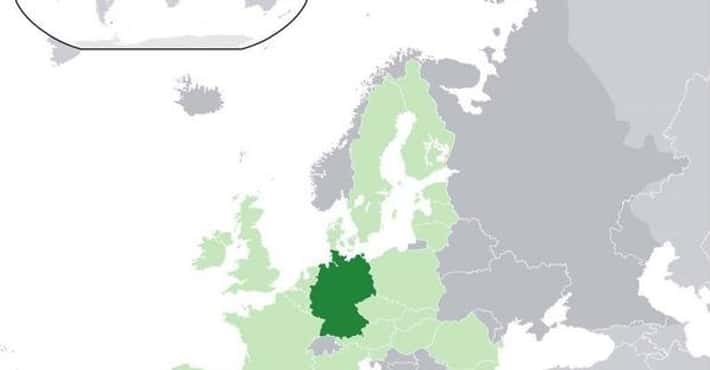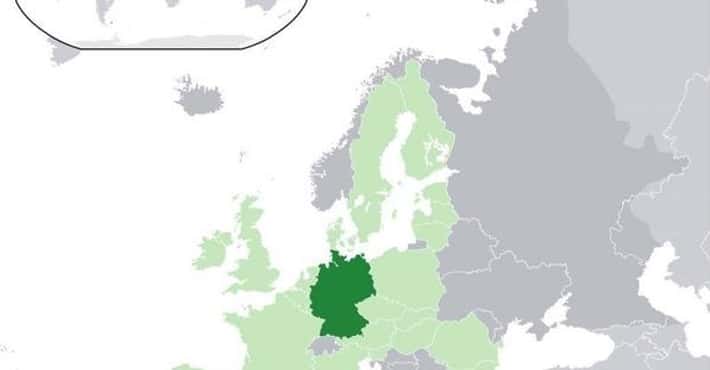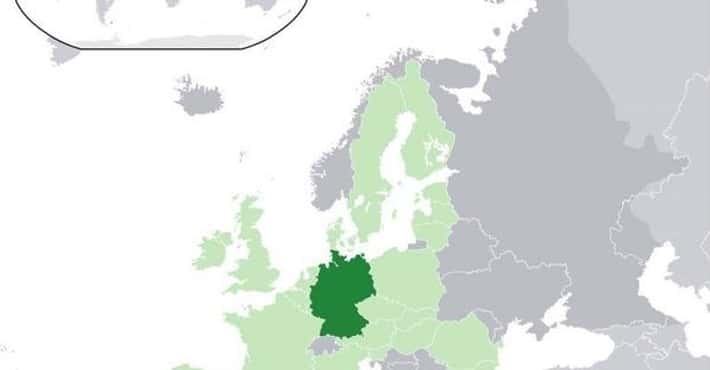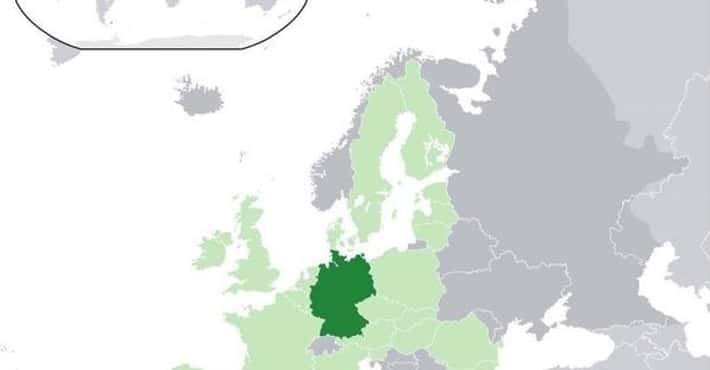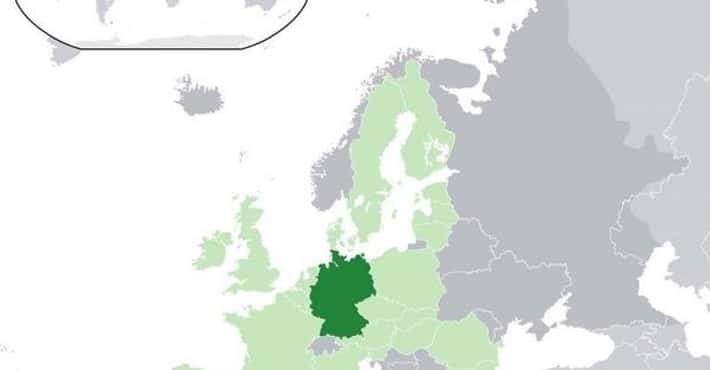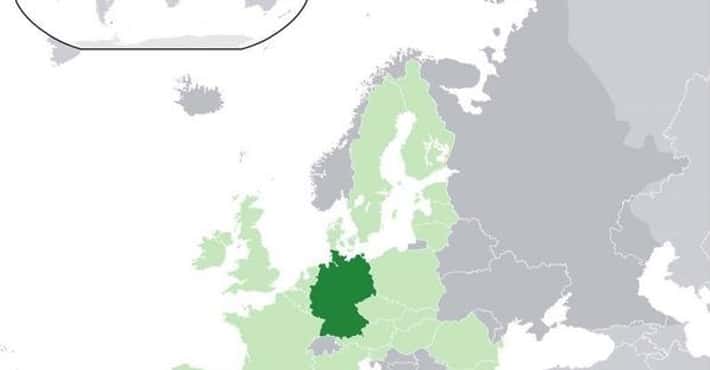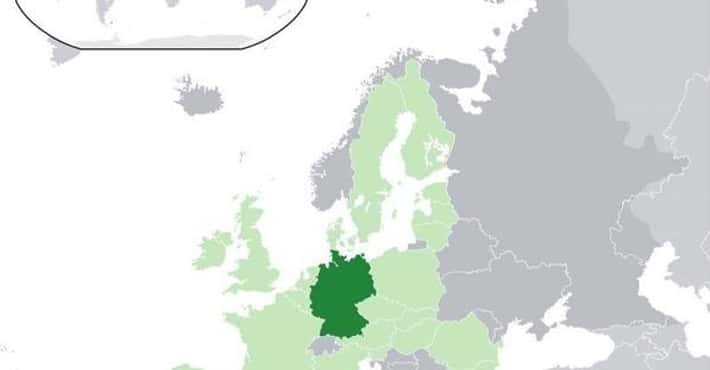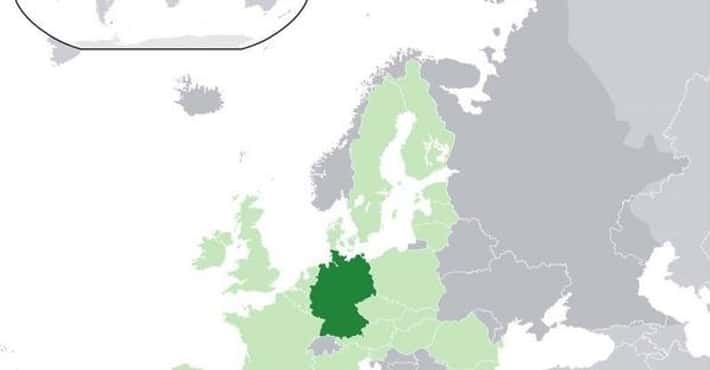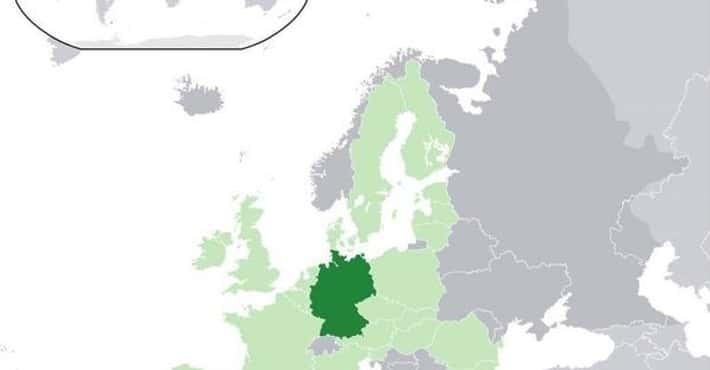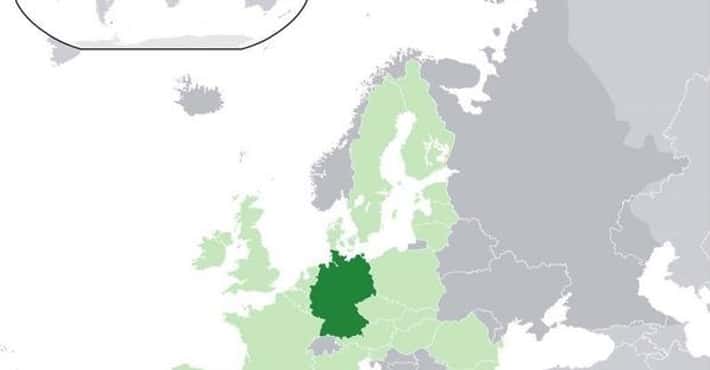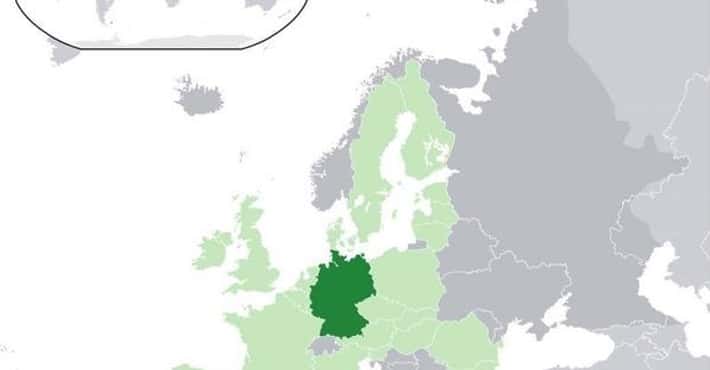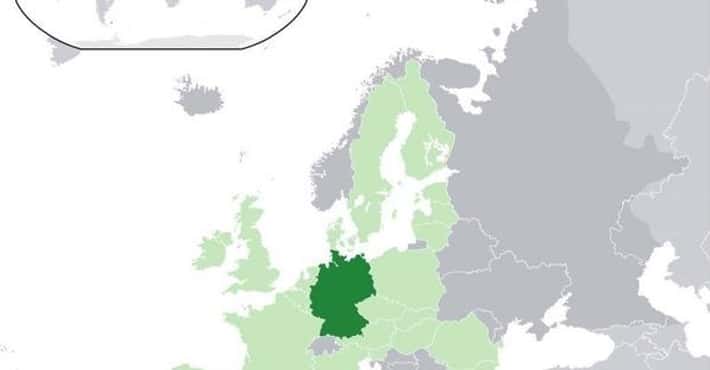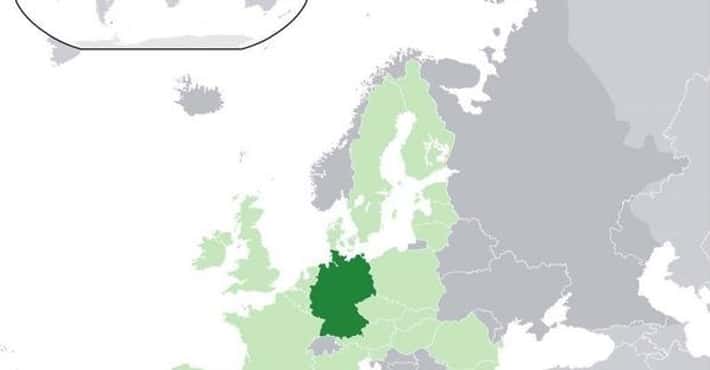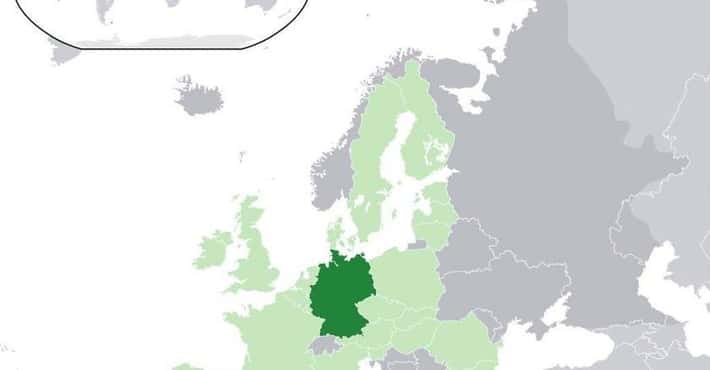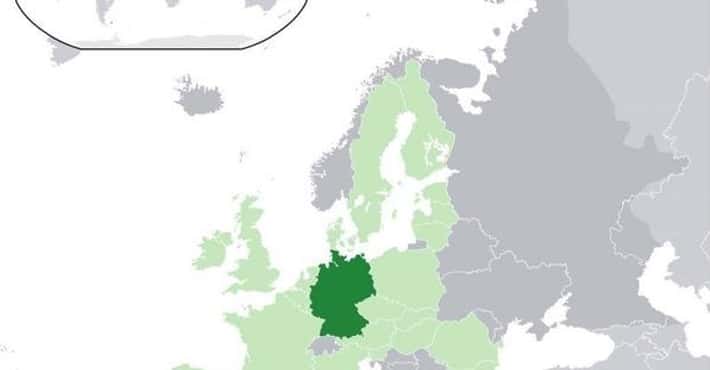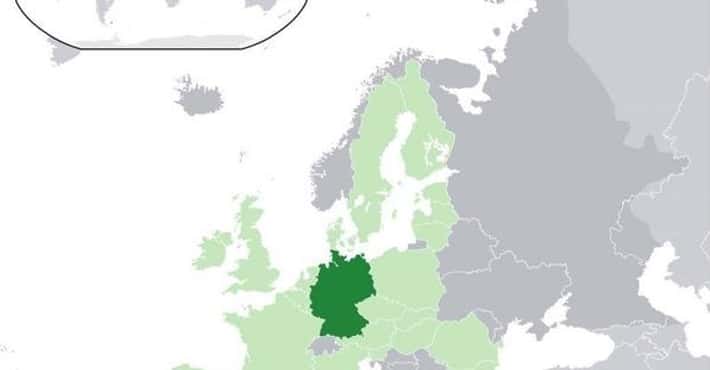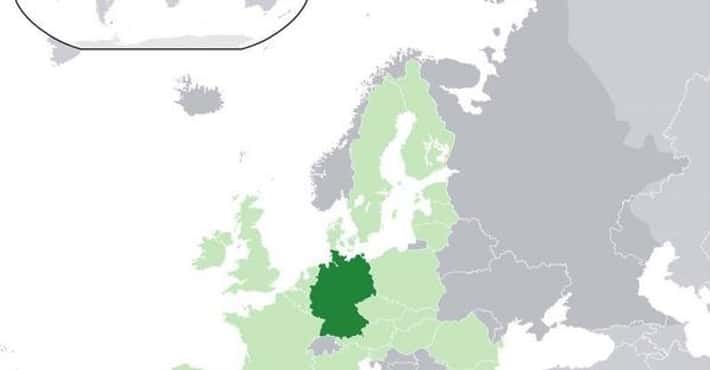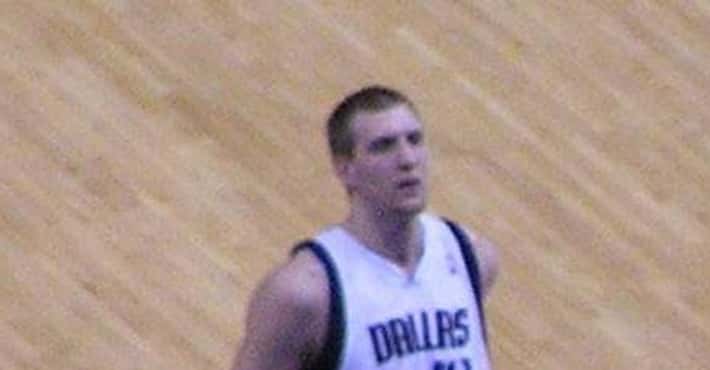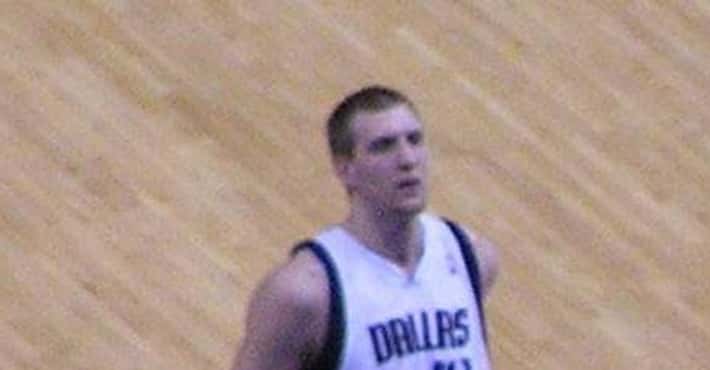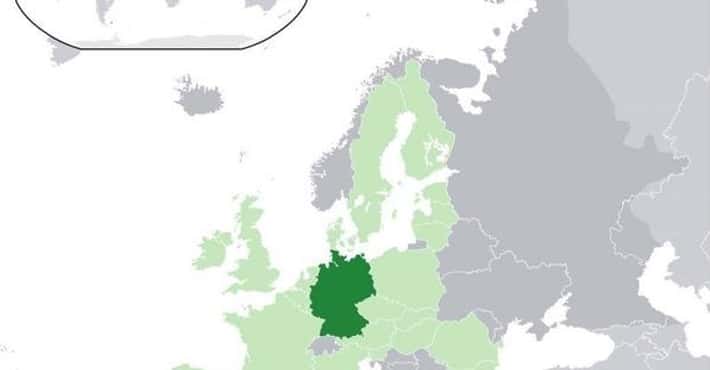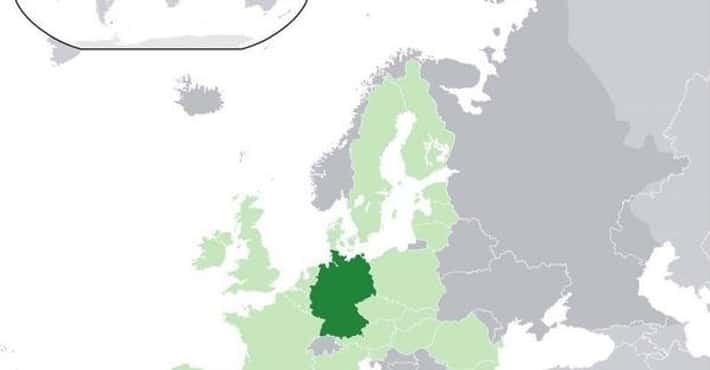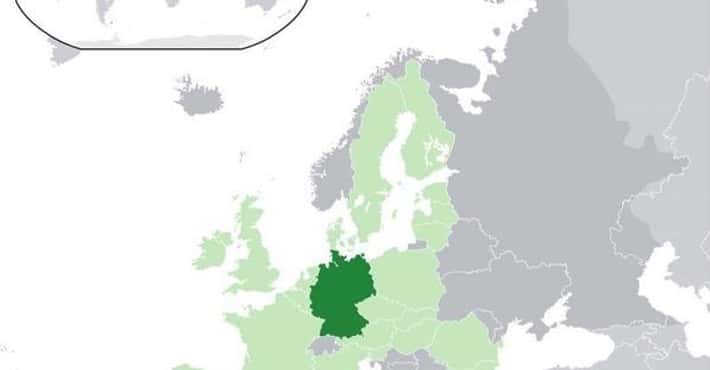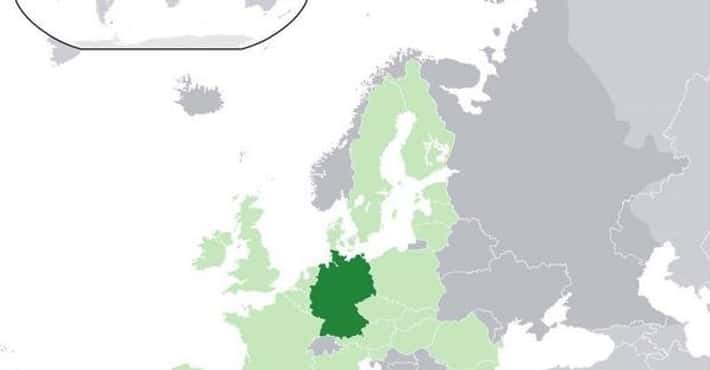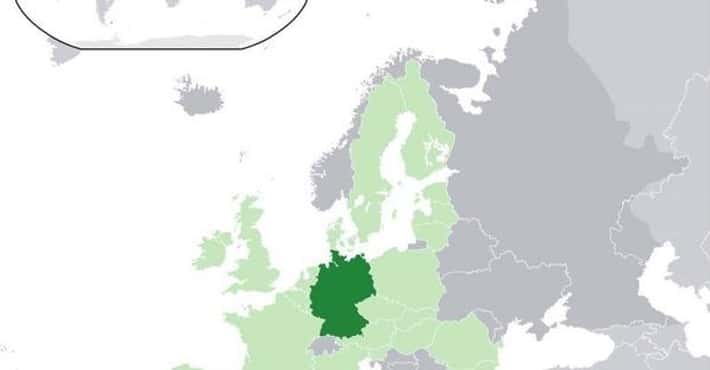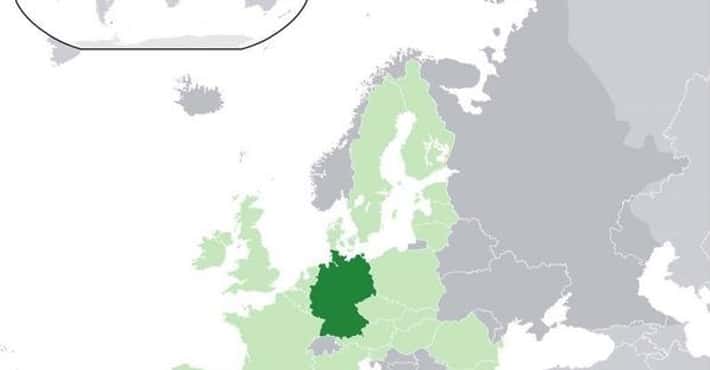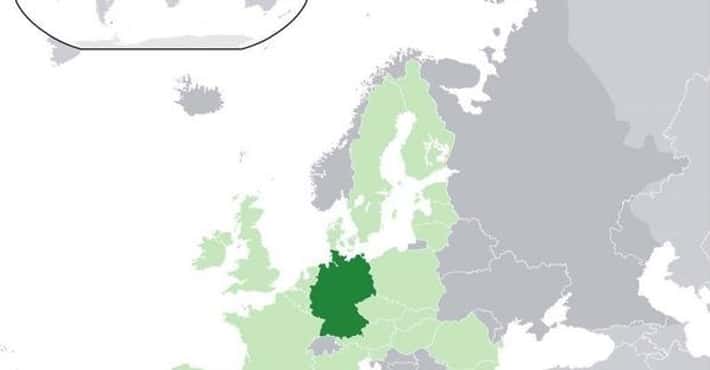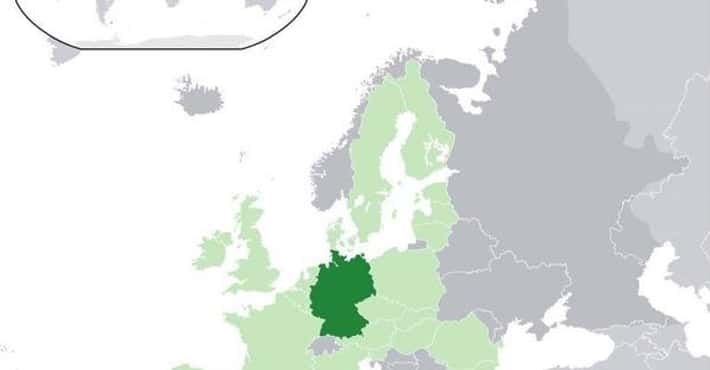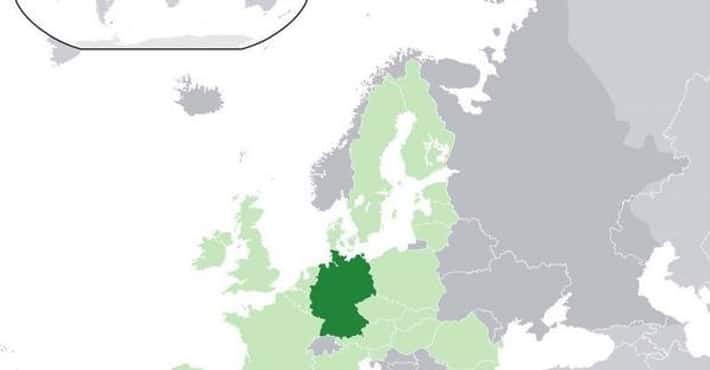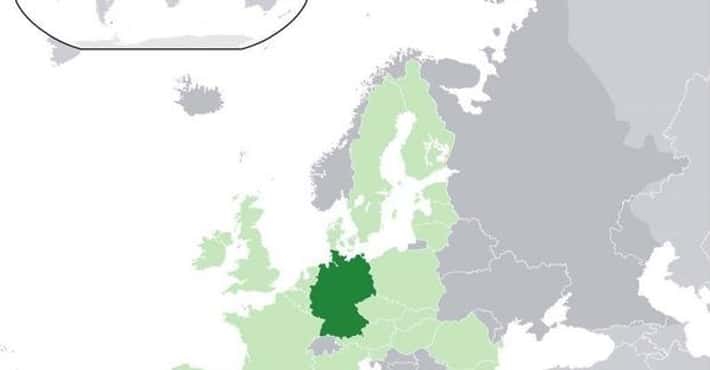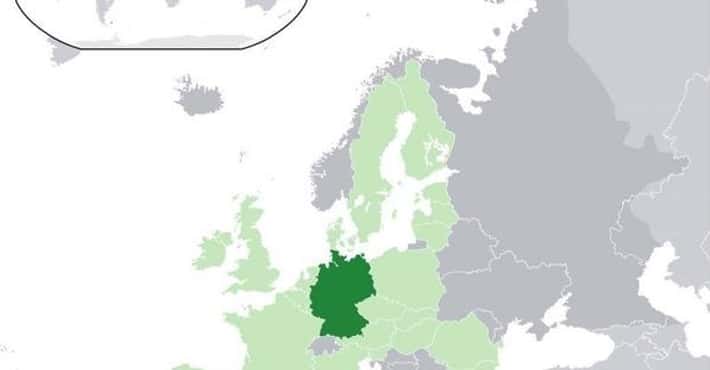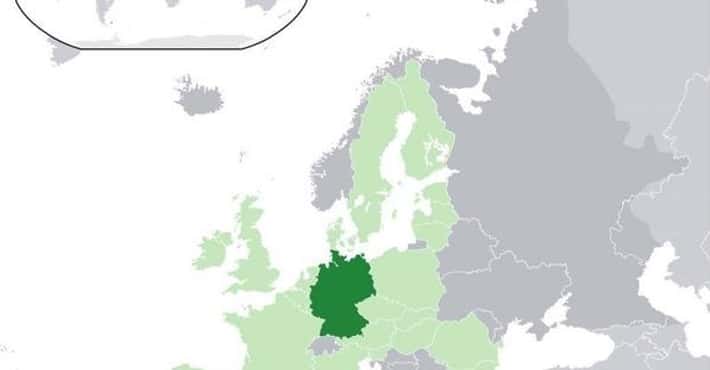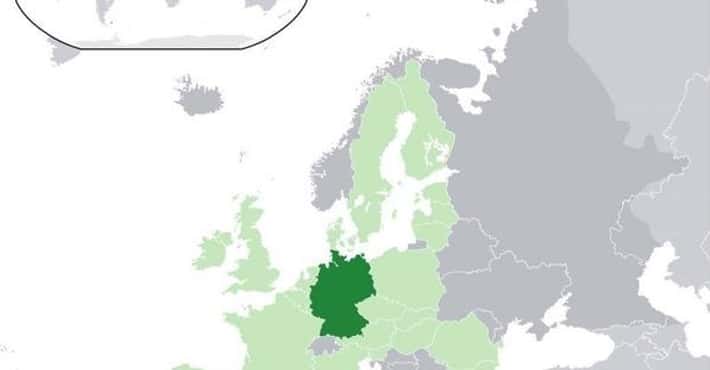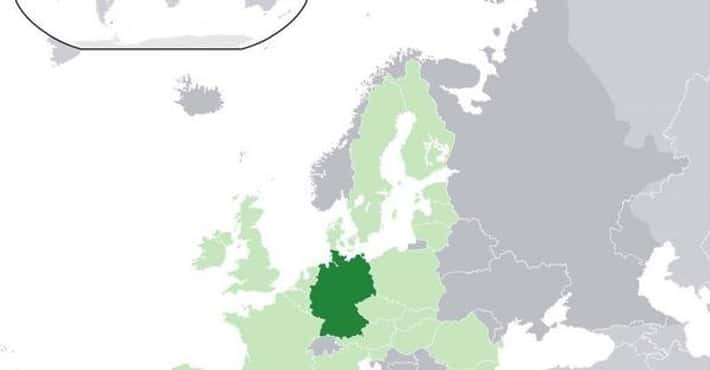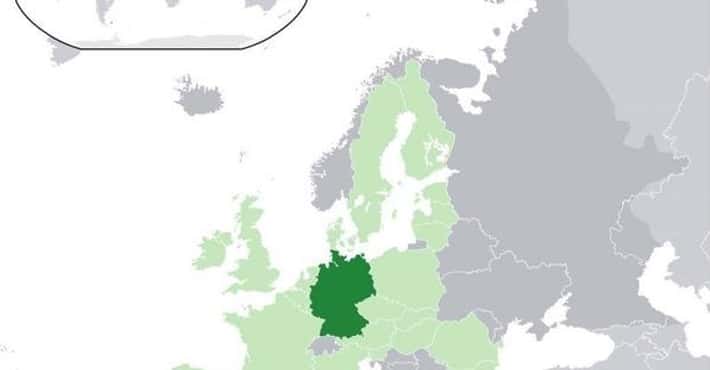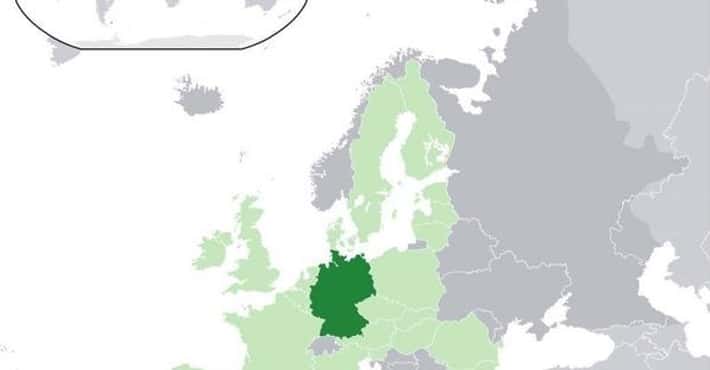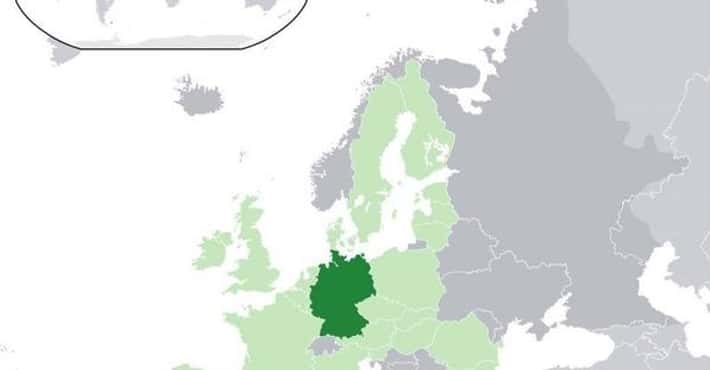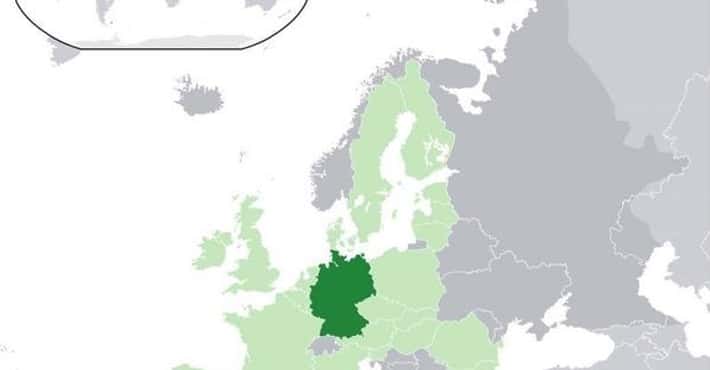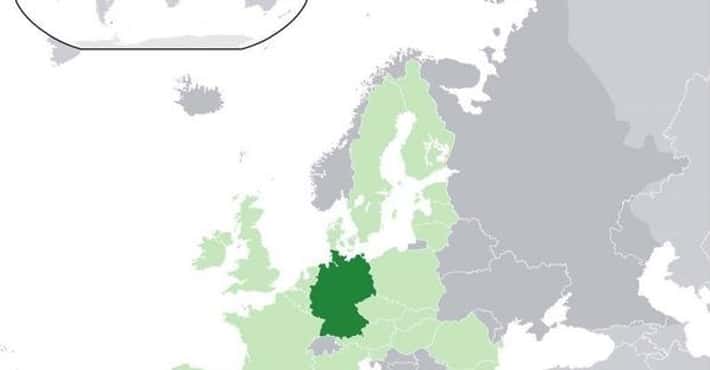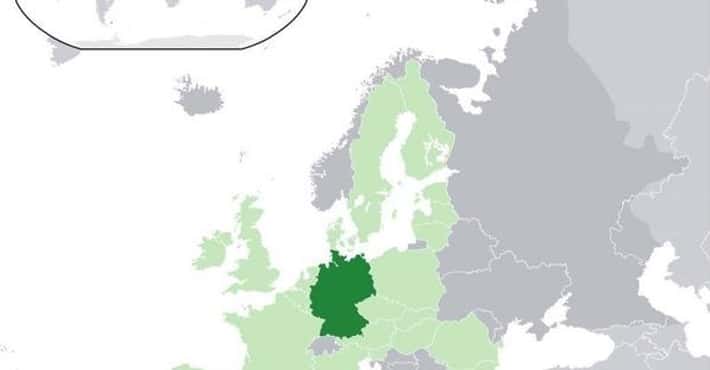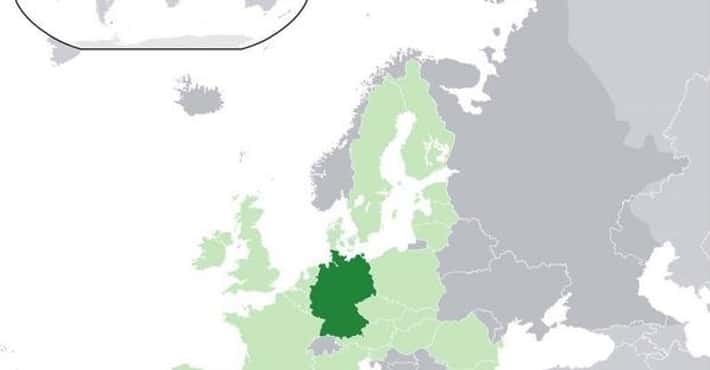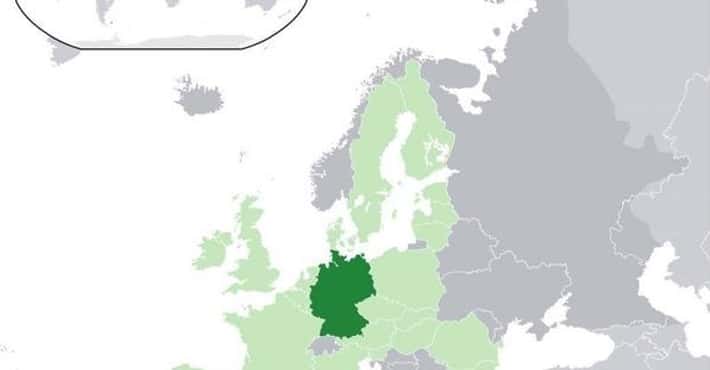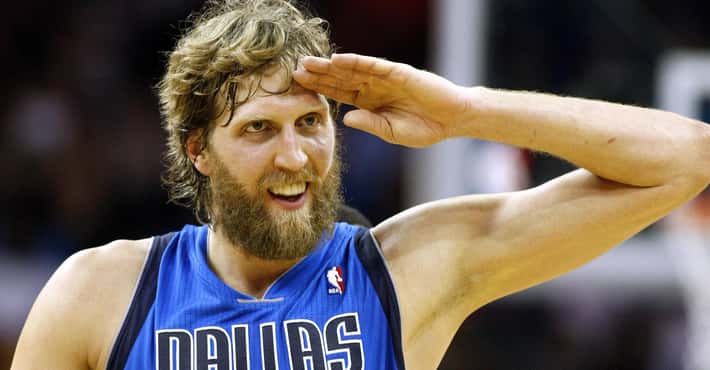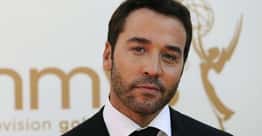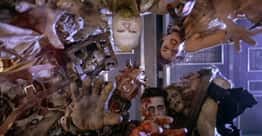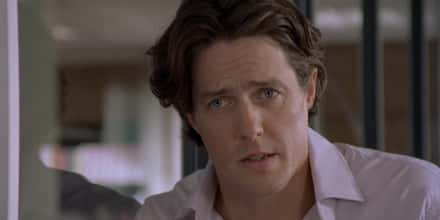Hanns-Christian Kaiser
Hanns-Christian Kaiser (26 March 1969) is a German artist.Thomas Wrede
Thomas Wrede (born 1963) is a German photographer. Wrede was born in Iserlohn-Letmathe. He studied art at the Academy of Fine Arts in Münster [1] from 1985–1991, Germany, where he was also teaching years later. In 1991 he was the student of Dieter Appelt in Salzburg and Berlin. He has been included in many exhibitions such as “Strange Paradise” at Städtische Galerie Iserlohn, 2005, “Seascapes. Am Meer” at Goethe-Institut London and in Helsinki, 2006. „Tamed Nature“at Brandenburgische Kunstsammlungen, 2005, in Germany. „Really True! The Assurance of Reality in Photography“ at Ruhrlandmuseum Essen, 2004, in Germany and „the Paradise of the Modern“ at Bauhaus Dessau in Germany. Exhibitions in 2007: ”Real Landscapes” at Galerie Herrmann & Wagner, Berlin (27.04-16.06.2007) and the exhibition ”Von Oben und von Unten”, Akademie Franz Hitze Haus, Münster (15.01.2007-14.03-2007). He is presented by WAGNER + PARTNER [2] in Berlin, by f5,6 [3] in Munich and by Beck & Eggeling [4] in Düsseldorf. A number of catalogues have been published about Wrede: “Strange Paradise”, 2005, “Magic Worlds”, 2000, “Birds Hang in the Air and Crey”, 1996, “Samsoe”, 1994 and “Places and Constellations” from 1993.Bettina Hohls
Bettina Hohls (born 26 June 1947 in Celle) is a German artist and designer. She raised the attention of an international audience with her design and photographic work for the covers of two Peter Hammill albums in 1973 and 1974 as well as with her vocal contributions to releases of the German rock band Ash Ra Tempel in 1972. Bettina Hohls lives in Berlin and works as a certified cultural manager.Gottlieb Welté
Christian Gottlieb Welté (3 December 1745/49 – 17 December 1792) was an etcher and landscape painter from Mainz, Germany. His works, accomplished mostly in small format, represent rococo and transition to early classicism. In Estonia, he painted figural staffages on large Põltsamaa landscapes and depicted Estonian peasants in the 1780s; in Mainz and Frankfurt-am-Main he was known mostly as an etcher and a landscapist. Welté was a typical artist of the Enlightenment – pensive, developing and nonconformist.He worked in Estonia in the late 18th century at the Põltsamaa Castle and Põltsamaa porcelain manufacture (1781-1784), then as a homeschool teacher in the Võisiku manor (1785-1788) and spent his last years at the Lohu manor in the present-day Kohila Parish, Rapla County, where he died in 1792. His most important work, the illusionist fresco wall paintings in the hall of the Lohu manor covering 27,6 m², were discovered in the 1960s under the Grisaille pictorial fresco wall papers on the theme of Don Quixote, printed by "Jacquemart & Bénard" in Paris, France.Hans Georg Berger
Hans Georg Berger is a German-born photographer and writer, who lives in Berlin, Elba and in Laos.Dieterich Spahn
Dieterich Spahn (born 1938) is a German-born American artist working in the fields of stained glass and painting. In a career spanning more than four decades he has produced roughly 370 stained glass commissions for places of worship, hospitals, universities and private residences throughout the United States. In addition to stained glass, Spahn continues to explore new media and techniques with his painting.Michael Riedel
Michael Riedel may refer to: Michael Riedel (artist) (born 1972), German contemporary artist Michael Riedel (journalist), theater columnist for the New York PostEduard Gerhardt
Eduard Gerhardt was a German painter and lithographer.Albert Christoph Dies
Albert Christoph Dies (1755 – 28 December 1822) was a German painter, engraver, and biographer most noted for his biography of Joseph Haydn, although it is now considered sentimental and not entirely accurate. As an artist, he is also not very well-regarded.Tilo Baumgartel
Tilo Baumgärtel (born 1972) is a German painter. He currently lives and works in Leipzig. Baumgärtel was born in Dresden. He attended the Hochschule für Grafik und Buchkunst Leipzig from 1991 to 1994. He is part of a group of young painters based in Leipzig, along with Matthias Weischer, Christoph Ruckhaberle and others. The common trait of the group is their production of large figurative oil paintings. His paintings derive from social realist works and propaganda posters in their draughtsmanship and dramatic use of shadow. Baumgärtel has shown work in exhibitions including “7 x Malerei” at Museum der Bildenden Künste in Leipzig, FUTURE/Five Artists From Germany at Sandroni.Rey Gallery in Los Angeles, Painting Show at Wilkinson Gallery in London and Life After Death at Massachusetts Museum of Contemporary Art. He is represented by Wilkinson Gallery in London, Christian Ehrentraut in Berlin and Adam Biesk in Los Angeles.Erhard Altdorfer
Erhard Altdorfer (sometimes Erhart Aldorfer) (c. 1480–1561) was a German Early Renaissance printmaker, painter, and architect, who worked as a court painter in Schwerin from 1512 until his death in 1561. Erhard Altdorfer was the younger brother of Albrecht Altdorfer. Most likely, he was trained by his brother and it is believed they started a workshop together in 1506. It is assumed Erhard Altdorfer worked in Austria at the Lambach Abbey, and in St Florian and Klosterneuburg around 1510. In 1512, he went to Schwerin where Duke Henry V of Mecklenburg-Schwerin (1479–1552) appointed him court painter and architect. During a trip with the duke that year he probably came in contact with Lucas Cranach the Elder. A commission for the duke and Albert VII was an altarpiece in Sternberg, however destroyed by fire in 1741. In 1533–34 his woodcuts appeared in Johannes Bugenhagen's Low German translation of the Bible printed in Lübeck by the printer and bookmaker Ludwig Dietz (–1559), a work for which he was rewarded with a house. Between 1546 and 1551, further construction projects were realized, projects of which remains virtually no traces, why one can have only vague ideas of their character. In 1552, the written records of John Albert I of Mecklenburg (1525–1576) tells us Erhard Altdorfer was working for him, and until 1555 Erhard probably worked as the leading architect of the court of Wismar. He is mentioned a last time in 1561. Of his surviving works most are those he produced as a painter, and at least parts of the altar pieces in the collection of the St. Annen Museum in Lübeck are attributed to him. Compared to his brothers, Erhard was less independent and creative in his work, and took a lot of influence from the working practice of the workshop of Cranach and from artists such as Jacopo de' Barbari. As it seems, he was primarily as draughtsman and a printmaker and only produced a few paintings. However, he only signed a few of his works, so most of those associated with him are only attributed works.Christian Ackermann
Christian Ackermann was a sculptor and carver who worked in Estonia.- Christian von Alvensleben (born 1941 in Munich) is a German photographer.
Tine Furler
Anke Eißmann
Anke Katrin Eißmann (born 1977 in Dillenburg) is a German illustrator and graphic designer known for her illustrations of J. R. R. Tolkien's legendarium. She studied visual communication at Bauhaus University in Weimar and at the Colchester Institute in the United Kingdom. Eißmann has also made a number of short films. She is an art teacher at the Johanneum high school in Herborn.Alois Hanslian
Alois Hanslian (born 1943 in Ennigerloh, Germany) is a German painter.Christian Hellmich
Christian Hellmich (born 1977) is a German artist. He showed work at Lehmann Maupin in New York in 2006, and again in 2010. In 2012 his work was shown at the Von der Heydt-Kunsthalle Wuppertal-Barmen.Lothar Malskat
Lothar Malskat (May 3, 1913 – February 10, 1988) was a German painter and art restorer who repainted medieval frescoes of the Marienkirche in Lübeck. Malskat was a painter from Königsberg. In 1951 he was part of the group of Dietrich Fey, whose firm was commissioned to restore the frescoes of cathedral of Marienkirche in Lübeck. The cathedral had been severely damaged in World War II bombings and left neglected after the war, so the medieval frescoes on its walls had nearly disappeared. The church had received donations worth DM 150,000 for restoration and Fey's company did the work behind closed doors. The work was finished September 2, 1951.The restorers were praised for their good work. The frescoes were unveiled during the seven-hundredth anniversary celebrations of the founding of the Marienkirche; dignitaries present included various government ministers, including Federal Chancellor Konrad Adenauer. The West German government printed 2 million postage stamps depicting the frescoes.The next year Malskat announced that he had painted the frescoes himself. When he was ignored, he told his own lawyer to sue both Fey and himself. Both men were eventually arrested. The trial began in 1954. Evidence included Malskat's other forgeries of works of Marc Chagall and Toulouse-Lautrec. One estimate of the total value of his forgeries is over 15 million euros in today's money.Malskat told that when the work had begun, the walls had been nearly empty of frescoes; he proved it by presenting a film depicting the unpainted walls. Instead of restoring the original frescoes, Malskat had whitewashed the walls and painted them over. New pictures included various anachronisms like an image of a turkey, which had not reached Europe at the time the original frescoes had been painted. Malskat had modelled various religious figures on his sister Freyda, actresses like Marlene Dietrich and even historical figures like Rasputin. Fey was sentenced for 20 months and Malskat for 18. The frescoes were washed off the church walls. After Malskat was released, he began to paint in his own name. He painted decorations on restaurants and inns, including the Tre Kronor Inn in Stockholm. He also arranged exhibitions of his works in northern Germany. He died in Wulfsdorf near Lübeck. A fictionalised version of Malskat's painting of the Marienkirche frescoes appears in the Günter Grass novel The Rat. Malskat's forgeries are a major theme of the novel, as a symbol of the alleged corruption of post-war Germany.Norbert Bisky
Norbert Bisky (born 1970) is a German artist based in Berlin. He is one of the most important representatives of a new figurative painting in the 21st century. His large-size works, often depicting adolescents, are attributed to post-modern New Realism.Wilhelm August Stryowski
Wilhelm August Stryowski (1834–1917) was a Polish-German painter. Born in Gdańsk (Danzig), he finished the Gdańsk School of Fine Arts. He studied here under Johann Carl Schultz, the school founder and director, and with a scholarship he later studied in Academy of Fine Arts in Düsseldorf. From 1870-1873 he was one of creators of the City Museum (now, National Museum in Gdańsk). From 1880 he was art conservator of the museum collection, and from 1887 he was the museum's curator and at the same time - he was a secretary of Association of Friends of Art. From 1873 he lectured in the School of Arts and Artistic Crafts. In 1912, partially paralyzed, he lost command of one hand. He died in Essen in 1917 and was subsequently buried in Gdańsk according to his last will. His wife Clara (née Bädeker, or Baedeker) - was a niece of the editor of well-known guide books. Most famous works by W.A.Stryowski depict Gdańsk society - Jews, Romas, workers, prominent citizens. One of the streets in Gdańsk is named after him.Carl G. von Iwonski
Carl G. von Iwonski (1830–1912) was a painter born in Germany who became a naturalized American citizen. He was artistically active in San Antonio and New Braunfels, and best known for his portraits of Texas pioneers.Hans Freiherr von Geyer zu Lauf
Hans Freiherr von Geyer zu Lauf (14 January 1895 – 10 August 1959) was a German painter who was born in Freiburg and grew up in the suburb Günterstal. In 1917 he moved to Dießen am Ammersee and in 1919 to Schönberg on the Hessische Bergstraße. From 1940 he lived again in Freiburg, this time in a studio apartment which was destroyed during the air raid on Freiburg in 1944 whereupon he returned to the Bergstraße. In 1945, after the end of the war, he moved to Emmendingen and finally in 1954 back to Freiburg where lived until his death in a car accident in 1959.The panel painting "A Cosmic Song" is the main work of the painter.Josef Block
Josef Block (27 November 1863 – 20 December 1943) was a German painter.Wilm Weppelmann
Wilm Weppelmann (b. 17 April 1957 in Lüdinghausen) is a German artist, conceptual artist, garden artist, photographer and writer based in Münster Germany, with extensive solo exhibitions (Town Museum Münster, Museum for Sepulchral Culture Kassel, etc.) concerning the boundaries of human existence. Since 2005, Weppelmann has focused primarily on the meaning of garden culture and its role in the development of human existence.David D. Stern
David Stern was born on February 3, 1956 in Essen, Germany and lives in New York. Stern has referred to himself as an “action painter,” echoing the artistic legacies of New York School painters Jackson Pollock, Willem de Kooning and Franz Kline. Yet his human forms reach further back to histories of portraiture. After an apprenticeship as a sign painter Stern attended the Dortmund Fachhochschule für Design and Art (1975–79) and the Kunstakademie Düsseldorf (1980–82). He then taught painting at the Dortmund Fachhochschule für Design and Art, while he developed his painting skills living in a village near the town of Münster. In 1986 he moved to Cologne, where he found his artistic voice. From 1987 on, Stern exhibited his work nationally and quickly entered the international scene in the early nineties, with shows in Austria, Hungary, the Netherlands, Belgium and Great Britain. Stern's 1992 retrospective exhibition David Stern: Study for a Way at the Hungarian National Gallery in Budapest was the first exhibition by a contemporary Western artist after Hungary opened to the West. In 1993 Stern showed his work in the US for the first time, immigrated in 1994 and became naturalized in 2000. Since his arrival, he has been fascinated by his encounters with an intensely urban place defined by its energy, crowding, speed and cosmopolitism. His national traveling exhibition David Stern: The American Years (1995–2008) curated by Karen Wilkin, demonstrates shifts in form and content in Stern’s work since the artist moved to New York from Germany in 1995.Stern has exhibited widely in New York City, the US and Europe. His work can be found in public and private collections in the United States, Europe and Asia, including the Metropolitan Museum of Art (New York), the Kupferstichkabinett Dresden (Dresden, Germany), the National Museum (Poznan, Poland), Dresdner Bank (Cologne, Germany), the Kunstsammlung der Universität Göttingen (Göttingen, Germany), the Arkansas Art Center (Little Rock), the Museum of Contemporary Art Jacksonville (Jacksonville, Florida), the John and Mable Ringling Museum of Art (Sarasota, Florida), and the National September 11 Memorial & Museum (New York).Georg Belwe
Georg Belwe was a German type designer, typographer, graphic artist and teacher.Knut Ekwall
Knut Alfred Ekwall (3 April 1843, Säby Parish (now Tranås), Småland - 4 April 1912, Tranås) was a Swedish painter and illustrator. He is best known for his genre works, many of which have women and children for their subjects.David Lorenz
David Lorenz (*March 21, 1856 in Ogrosen, a part of Vetschau, Brandenburg - April 5, 1907 in Ogrosen) was a German painter.Christophe Didillon
Christophe Didillon (born 1971 in Aurich, Germany) is an artist (acrylic paintings, collages, photos). He had also become a member of PARADOX artist group and OMMA.Michael Jäger
Michael Jäger may refer to: Michael Jäger (artist) (born 1956), German artist Michael Jäger (astronomer) (born 1958), Austrian amateur astronomer
Filed under:
99 MORE LISTS
Willkommen in Deutschland



